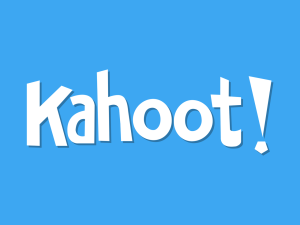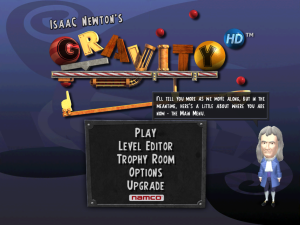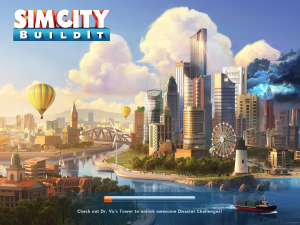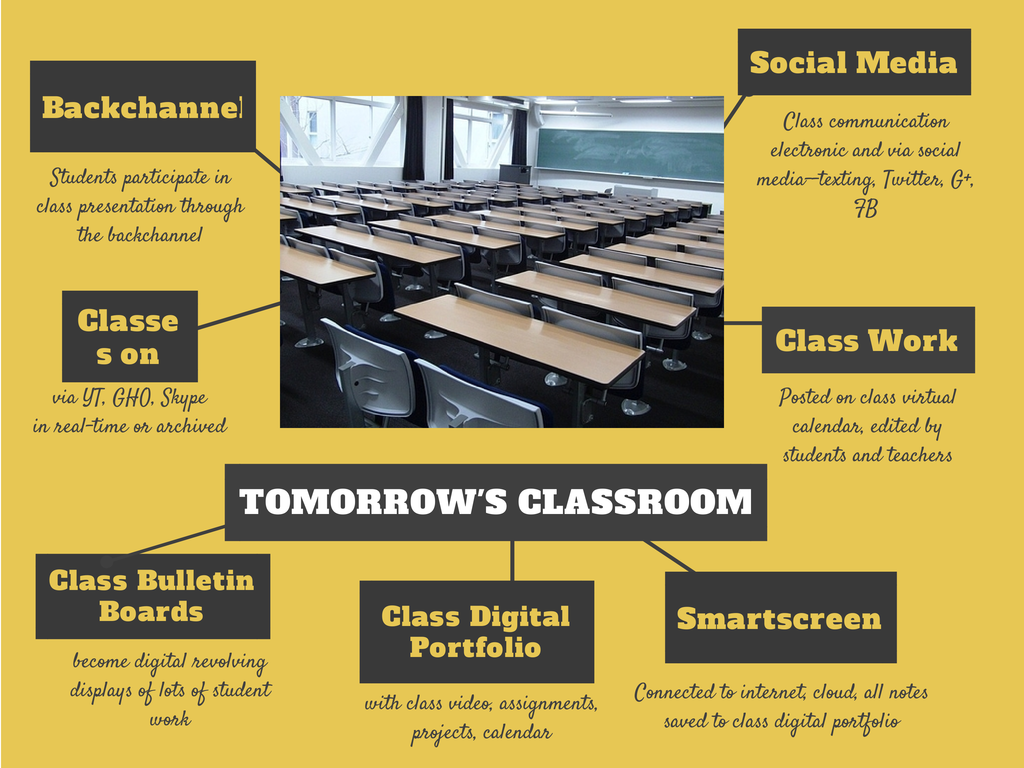Education has changed. Teachers don’t lecture from the front of the classroom. Work isn’t an individual effort. Drills no longer hold pride of place in lesson plans. Now, teachers expect students to engage: be part of the solution, not a passive recipient of the process.
Does this sound boring? Not if you’re a kid. Then, you call it ‘games’ and choose it for free time, as a study break, and with friends. Look at Minecraft where millions of kids voluntarily learn geology, work in virtual groups, and seek out knowledge to build a virtual world.
Here are three apps that gamify education:
 Kahoot
Kahoot
Kahoot is a response system that has taken over classrooms all over the country to assess student learning. Using a gameshow format, students compete against classmates, themselves (in Ghost Mode), or any student group around the world, to answer questions based on a specific theme. It is fast-paced, energetic, with scintillating music and a real-time scoreboard that shows student progress. It’s more like the games students love than the tests and quizzes traditionally taken at school.
Kahoot is simple to use. The teacher creates a quiz or survey on the Kahoot website. S/he invites students to join with a game pin, which they enter into pretty much any digital device used in the classroom (smart phones, Chromebooks, iPads, or another). They read the questions off the class screen and answer on their device. Points are earned not only for right answers, but speed of play.
Pros
Kahoot works on any device with an internet connection. The learning curve is negligible: no player accounts, no set-up, just the join code.
Cons
If you don’t like competition in your classroom, this probably won’t be the app for you.
Insider Tips
Kahoot provides teacher training on how to use the program, including slideshows, badges, posters, and more.
Educational Applications
Assessment options include quizzes, discussions, and surveys. Using this format, teachers can determine what students know or what they need to learn. They can be delivered formatively or summatively.
If you don’t have time to create your own Kahoot, there are over 4 million public kahoots to choose from. This is a great way to pre-assess knowledge on a subject before beginning a lesson plan.
What’s this all mean
Easy to set up, seconds to join, based on game strategy, with a high energy level well-suited to kids–what’s not to like?

Isaac Newton’s Gravity Game
Isaac Newton’s Gravity Game is a collection of successively-more difficult puzzles based on creatively applying a knowledge of physics. It includes seven levels in the free version with fifty in the complete app.
To play, students must move a ball through a maze so it can push a red button to level up. Students can use levers, ramps, pulleys, wheels, magnets, trampolines, beams, wedges, and other machine devices. As they strategize, they learn the physics concepts that enable their goal.
Pros
In the fee add-on, students can create their own levels. What a great way to test out physics theories being discussed in class.
Cons
While this app isn’t denoted as “Lite” or “Free”, it is essentially a trial version that has an in-app upgrade for $1.99. ITunes doesn’t make that obvious enough, though the Android version is easier to recognize.
Users can purchase hints–what’s with that? The app advertises that ‘cleverness and creativity are key’. The idea of buying those traits rubbed me wrong. Maybe that’s just me.
One more: When I opened the app, I got pop-ups asking me to purchase related puzzle apps. Since it occurred before I even got to the app’s main menu, I at first thought it was part of the app and ended up clicking on it. By the second (or third?) pop-up, I got smarter, but it was a challenge to close the box. Be aware of this and let your students (or children) know to avoid them.
Educational Applications
Use this not only for physics concepts and machines, but critical thinking, sequencing, and problem solving.
What’s all this mean: I wanted to like this app, but its focus on add-ons make me uncomfortable recommending it. I’d love to hear from those of you who have used it.
 SimCity BuildIt
SimCity BuildIt
SimCity is the original game-simulation that went viral before that word meant anything, now available as an app. Players must build a city from the ground up, plotting out streets and blocks, constructing buildings, supplying power, even zoning for commercial, industrial, or residential occupancy. Students struggle with problems such as balancing city services with available funds, trading goods and services with partners, and handling disasters such as fires and floods, and then experience the consequences of the decisions they make.
Pros
Tutorials are available that provide real-life advice on how to build a city. This is great to gamify a STEM program.
You as the teacher don’t need to know how to play this game. It’s intuitive, though challenging. Students will want to figure it out and then end up showing off their knowledge by helping each other.
Cons
Sim has an education arm (though the SimCityEdu link doesn’t work–maybe they shut it down?), but this doesn’t seem to be associated with SimCity Buildit. That’s too bad as this would benefit from a teacher dashboard and overview of student accomplishments.
Insider Tips
There is violence (such as police chases), but it’s not graphic.
Educational Applications
I use the Sim series in my classroom to promote creativity, logical thinking, problem solving, and quick thinking. It’s a favorite with students who often choose Sim City or another in the series during their lunch or other free choice time. Align it with a STEAM or STEM unit on architecture or coding.
In the multiplayer mode, students learn to collaborate with other cities to work toward a common goal.
What’s this all mean
The pace is fast, consequences realistic, and excitement tangible. Students choose their own adventure every time they make a decision. Excellent choice to focus on critical thinking and problem solving.
These three apps are part of a growing body of “serious games” that immerse users in authentic events to encourage perspective-taking, discussion, and weighing of multiple kinds of evidence. Research has shown that, by role playing, students develop a more personal, memorable, and meaningful connection with complex content and context. If you haven’t tried games in your classroom, start with one of these three. You won’t be sorry.
Jacqui Murray has been teaching K-18 technology for 30 years. She is the editor/author of over a hundred tech ed resources including a K-12 technology curriculum, K-8 keyboard curriculum, K-8 Digital Citizenship curriculum. She is an adjunct professor in tech ed, Master Teacher, webmaster for four blogs, an Amazon Vine Voice, CSTA presentation reviewer, freelance journalist on tech ed topics, contributor to NEA Today, and author of the tech thrillers, To Hunt a Sub and Twenty-four Days. You can find her resources at Structured Learning.




































